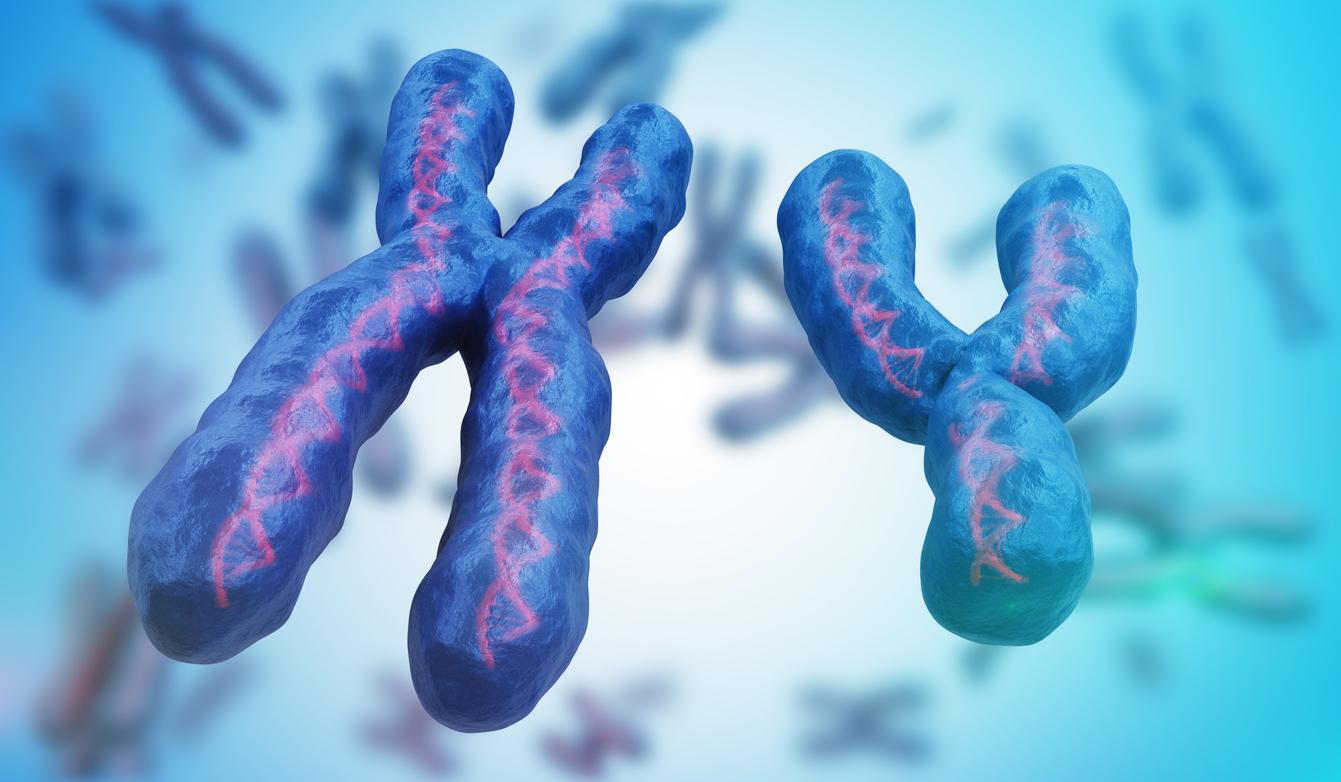Funny sight these quasi-bald mice combing their meager band of hair between the ears. A punk cut that rodents maintain frantically by the toilet.
It is not animal coquetry but a symptomatic obsession of a autism disorder. A team of scientists from NYU Langone Medical Center, located in Manhattan, New York, took a close look at this capillary mania in rodents.
They discovered that this over-grooming at the level of the skull betrays a repetitive behavior that is also found in some patients with autism.
Based on this observation, the American researchers assumed that understanding the biological mechanism at work in the repetitive styling of mice could constitute a way of treating autism. They outline their findings in the scientific journal Nature: “punk” mice may lack a gene encoding a protein called Cntnap4.
Low levels of this protein cause abnormal releases of dopamine, a neurotransmitter involved in feelings of pleasure, and GABA, a neurotransmitter that inhibits the central nervous system and regulates muscle tension.
Reversible disease effects
In other words, mice lacking the gene responsible for producing this key protein tend to groom themselves obsessively, suggesting a link between genetics, brain function and autistic behaviors.
An association that could advance research on new treatments in humans, say the researchers. “Our research suggests that reversing the effects of disease on marking mechanisms like GABA and dopamine are options for treatment potential,” they conclude.


















